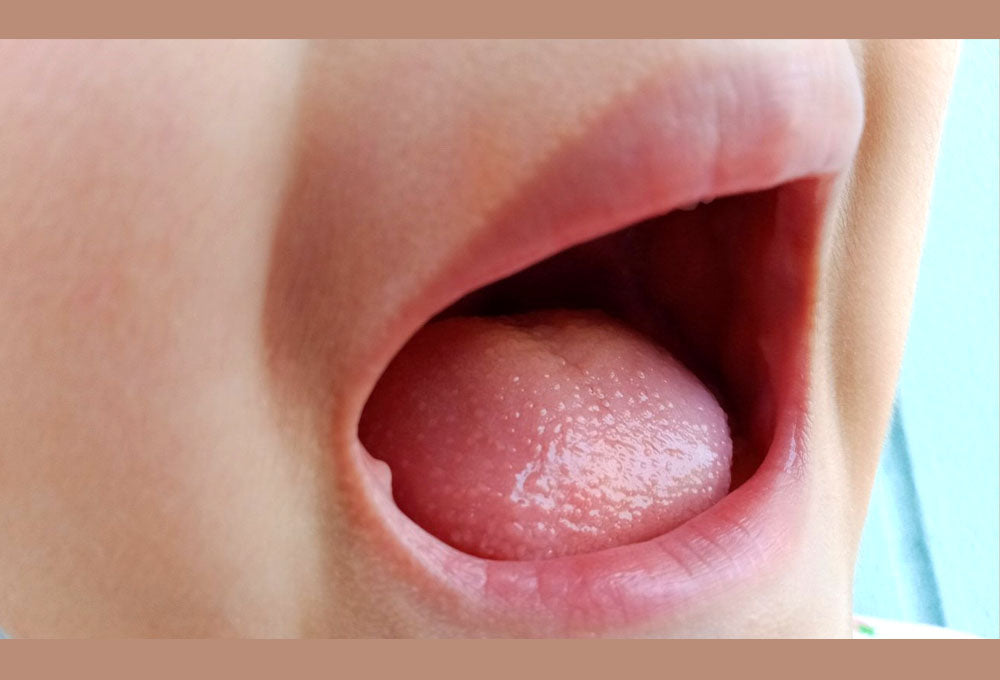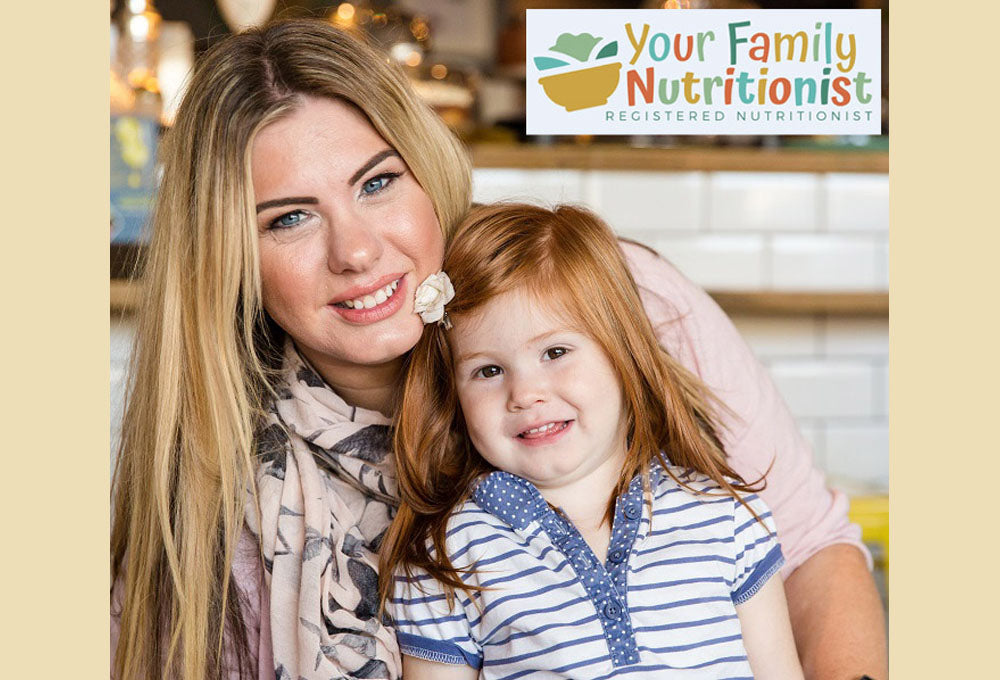This month Theresa from Your Family Nutritionist tells us how and when the process of a babies taste buds develops and start tasting food. What happens during pregnancy and pre-weaning? Why is it important for you and your baby to eat a variety of foods?
How do our babies taste buds develop?
It occurred to me one morning as I was sitting in the quiet (for once!) that I teach parents about how to feed babies on a daily basis but I realised that I need to explain what that means for our babies in terms of what they are actually tasting?
We know how important it is to offer tastes, textures, variety and colour when offering food so let’s have a look at how our babies’ tastes buds evolve and develop as they grow.
When you eat or drink, small molecules from your food or drinks stimulate your taste receptor cells which then send messages to your brain. The brain is so clever that it then identifies the specific tastes! These tastes are the 5 basic tastes: sweet, sour, bitter, salty, and umami (savoury).
We used to think that different zones of the tongue sensed different flavours – but that's not true. The five tastes can be sensed by all parts of the tongue.
But how does the whole process of taste buds developing and then tastes being identified start? Let’s look at how our unborn baby develops those incredible receptors!
During pregnancy
- Taste buds begin forming where your baby’s tongue will be. These are little receptors which will eventually begin to recognize the flavours of sweet, salty, bitter sour and umami.
- By 8 weeks of pregnancy, neurons from the brain will have connected with the taste buds.
- By 16 weeks, taste will have developed and by now your baby will have started swallowing amniotic fluid. As the fluid flows across his tongue on the way to the digestive system, molecules in the fluid will interact with taste buds and your baby will experience his first taste – salty amniotic fluid.
- The amount of fluid baby’s swallow and the number of tastes they are exposed to will keep increasing through the 2nd and 3rd That is why it is so important that pregnancy mums eat a variety of foods – the more exposure you have, the more tastes your baby will experience, before you have even met them!
- At this 16-week point, your baby will start “tasting” some of the foods you eat. Even though your digestive system is separate from your baby’s, molecules from your meals make their way into the amniotic fluid. It’s not only vitamins and minerals fats and proteins, but also the molecules that give food their particular taste. Amniotic fluid surrounds your baby in utero. They naturally breathe and swallow this fluid, which helps with the development of their lungs and digestive system.
Taste buds are found mostly on the tongue, but also on the roof of the mouth and along the lining of the throat. Many of the small bumps on the tip of your tongue (called papillae) contain taste buds. Each taste bud contains taste receptor cells. Taste buds of a newborn are found on the tonsils, back of the throat as well as the tongue.
At infancy, babies have around 10,000 taste buds. To put this into perspective, adults have only around 2,000 to 8-000 taste buds.
Newborn to 12 months
- Newborn to 3 months
- At this stage, your baby's sense of taste is very sensitive. In fact, as a baby they will have a wider distribution of taste buds in their mouth than you do as an adult. Taste buds in newborns can be found on the tonsils as well as the usual places like the tongue.
- During their first three months, your baby can distinguish between sweet and bitter tastes. They prefer sweet flavours, like the taste of breast milk.
- After birth, your baby's new taste buds are very sensitive. They can recognize sweet and sour tastes, but prefer sweet. This is one reason they love the taste of your breast milk.
- The senses of taste and smell are linked, and your baby has a well-developed sense of smell at birth too. They can smell which way to turn to be fed, and even smell the difference between your breast milk and another mum's.
-
3-6 months,
- your baby’s tongue has grown. This is why everything goes in the mouth as he is trying to make sense of different tastes and textures. At around 5 months, baby’s sense of taste has changed and he is able to react more to salty tastes
-
6 months +
- After six months of nothing but breast milk or formula, it's understandable that new tastes come as a surprise to babies when you introduce solids. It's natural for your baby to be hesitant about new flavours and textures. Experts suggest offering a new food at least 10 times before deciding whether your baby likes it. It is likely your baby will pull a face when trying some foods, especially the more bitter foods such as green veg! This doesn’t mean they don’t like it; it just means it is a very different taste sensation than they are used to!
Will my baby inherit my taste preferences?
This question comes up a lot during my workshops! Parents who readily admit to being “fussy eaters” are really worried that their baby will also become fussy. However, there is no need to panic! Your baby’s taste buds are influenced by all sorts of factors and only some are genetic.
Our babies are exposed to many flavours in the womb and will also learn to like other flavours when weaning. That is why it is so important to offer a variety of foods from 6 months of age.
So, when starting your weaning journey, please don’t think you need to offer your baby bland foods such as baby rice! Our babies seek strong flavours so add herbs and spices where you can, offer foods from around the world and offer a variety of tastes and textures.
For more information about weaning your baby, check out Your Family Nutritionist's website.
Click here to read more blogs on weaning.






